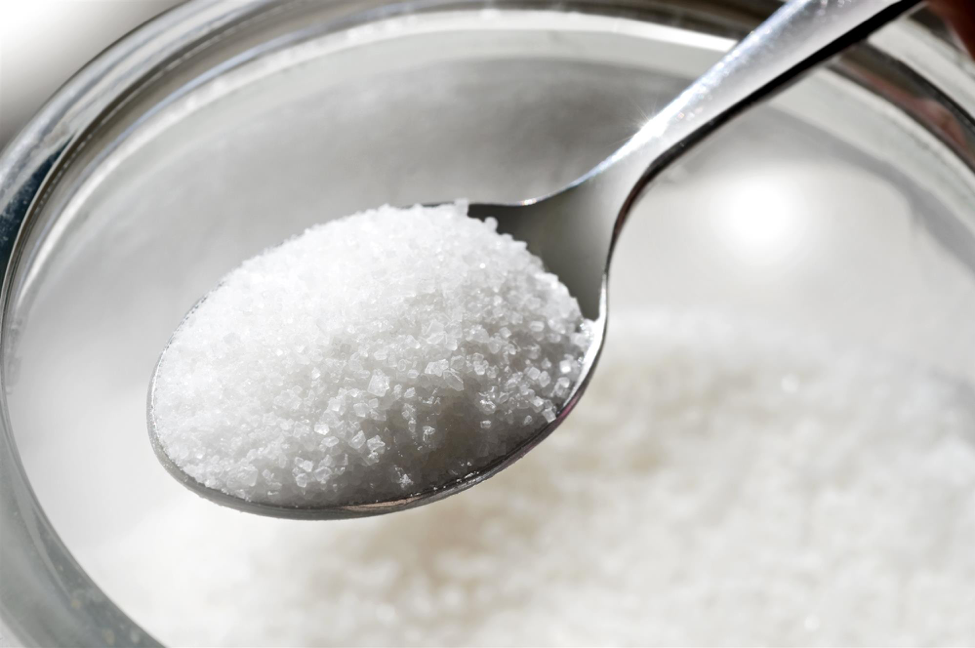
If you’ve ever bounced off the walls after downing a super-sized soda or sports drink, you know the profound impact sugar has on the human body. Unfortunately, a temporary energy spike is the least of your worries. As your primary care doctor can tell you, high sugar intake causes far more severe and enduring repercussions on your health. Given the consequences, it’s important for both patients and physicians to understand the medical reality of sugar. It’s also important for patients as consumers to understand the limits of nutrition labels.
Not all sugar is detrimental to your health. There are, in fact, two different kinds of the sweet stuff: natural sugars and added sugars. You can find the former in perfectly healthy foods such as fruits and vegetables, where it assumes the form of fructose; and milk, where it appears as lactose.
Added sugars aren’t so benign. They come in a variety of forms, including:
Consumed in high quantities, this type of “bad sugar” is downright dangerous.
The good news is that the average American today seems to be consuming less than they were a few decades ago—about 364 calories per day as opposed to 422 calories per day.1 The bad news? Since the American Heart Association recommends only 100-150 calories per day, the average person is still taking in far too much for optimal health.2 In fact, added sugars account for 16 percent of the average American’s total caloric intake.3 That comes out to about 3 lbs. of sugar each and every week.4

Those numbers are troubling in light of the fact that added sugars are linked to a number of serious health problems, including obesity, cardiovascular disease, and type 2 diabetes.5 With new research even showing a link between the growth of cancer cells and sugar, particularly fructose, healthcare professionals are worried.6
People who consume added sugar in a nutritional vacuum are at even greater risk. When sugar appears naturally, it is accompanied by plenty of fiber, nutrients, and water. Since most Americans get their added sugar from drinks (e.g., sodas, sports drinks, energy drinks) and desserts (e.g., cakes, cookies, pies, and candies), which contain little to no nutrients, they end up suffering from poor dietary health.
So, how much sugar is too much? What foods are consistent with a low sugar diet? Nutrition labels exist for that very purpose—to help consumers make informed dietary decisions. Unfortunately, labels only tell part of the story, particularly when it comes to sugar.
Since they don’t distinguish between natural and added sugars, the average consumer has no way of knowing how much sugar comes from ingredients such as milk (which consists of lactose) or from ingredients such as high fructose corn syrup. That being said, the best way to watch your sugar intake is to look at the ingredient list and avoid, as best as you can, products that contain high fructose corn syrup or sucrose.
To learn more about Weill Cornell Medicine’s commitment to diet and nutrition education, visit our patient and physician online resources page.
Sources